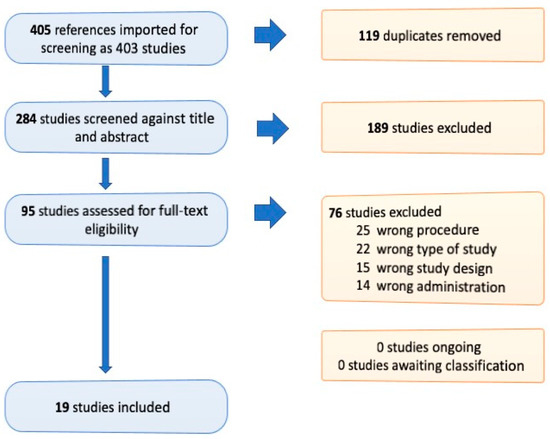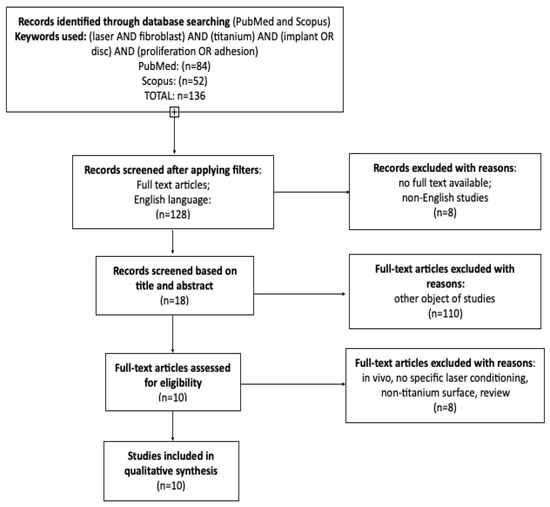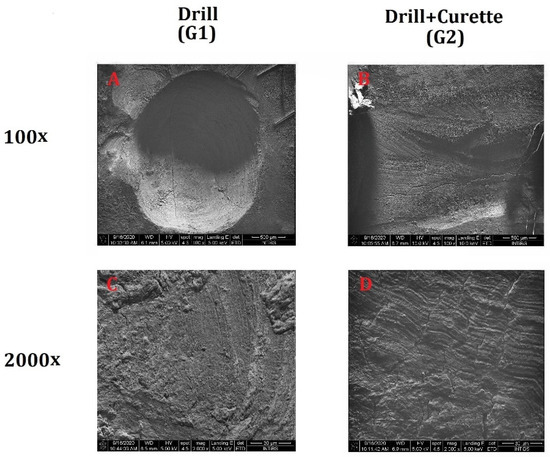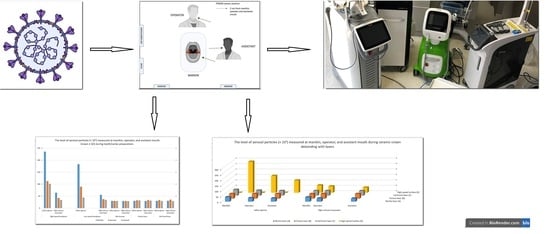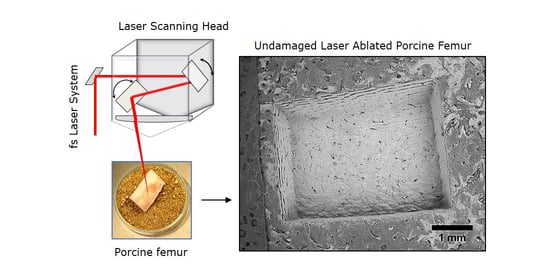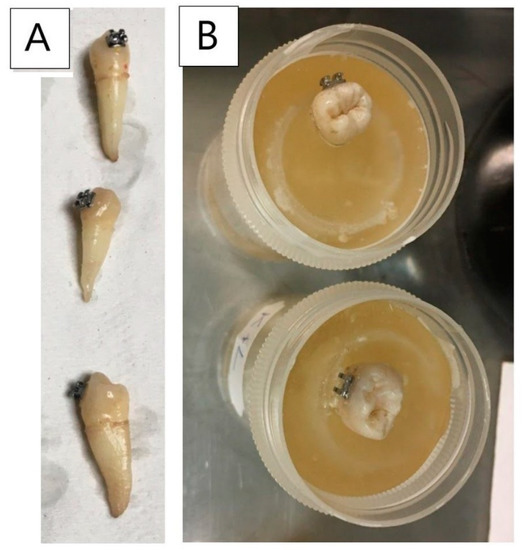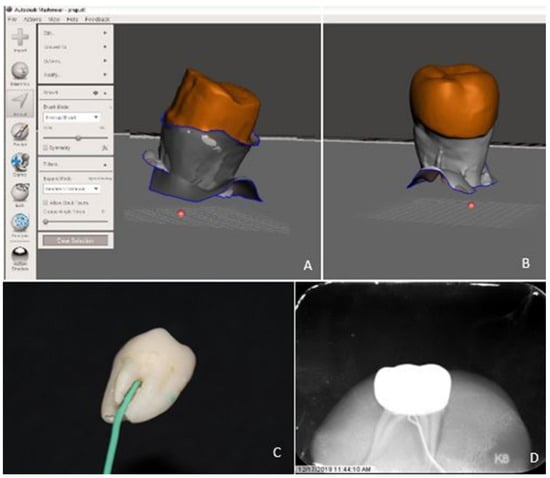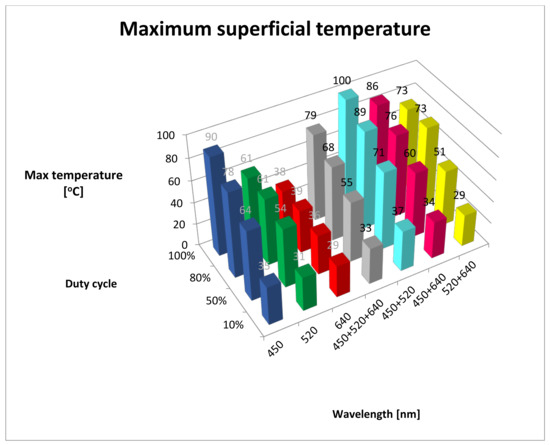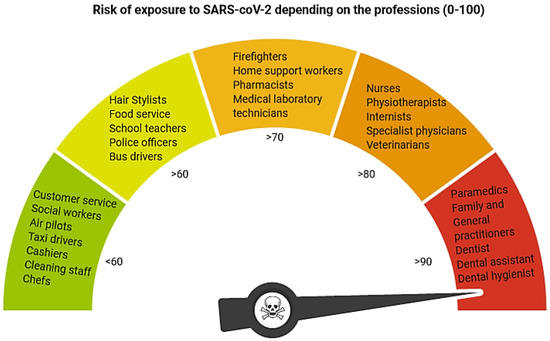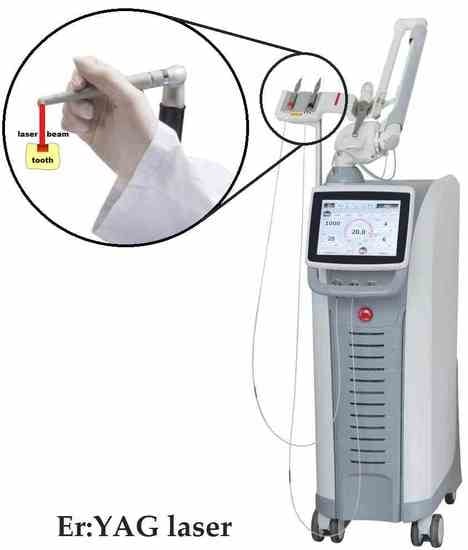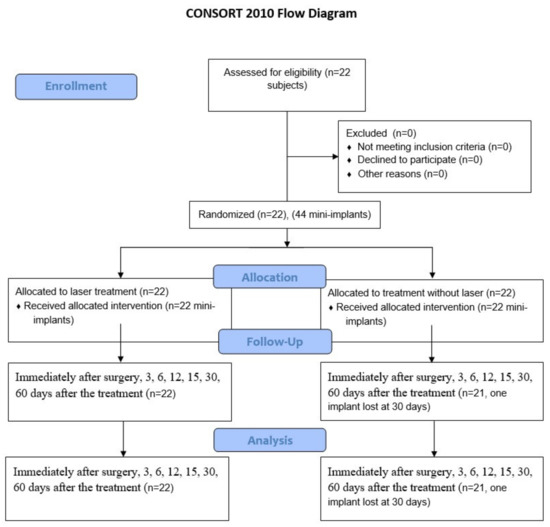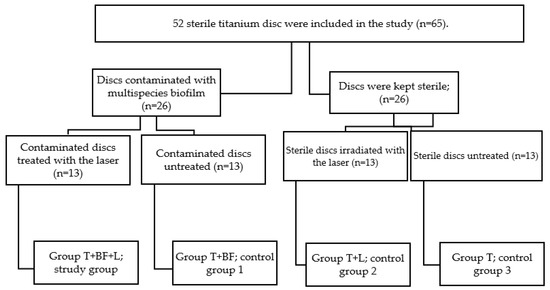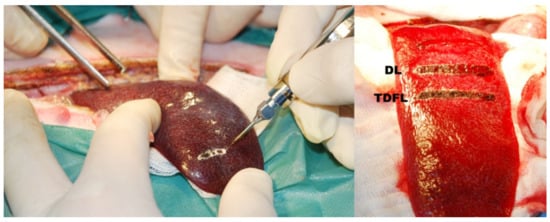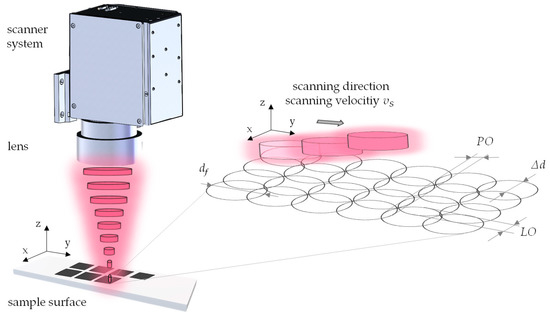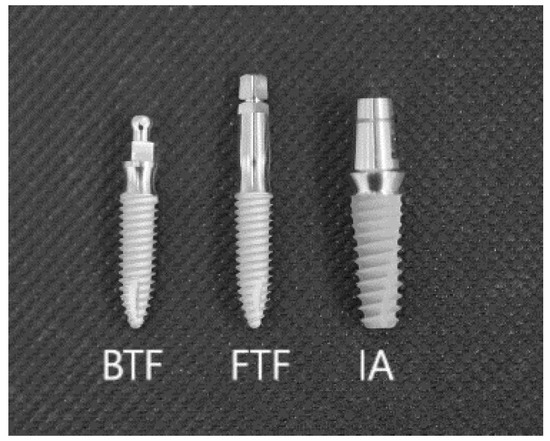Laser Processing for Bioengineering
A topical collection in Materials (ISSN 1996-1944). This collection belongs to the section "Manufacturing Processes and Systems".
Viewed by 48877Editors
Interests: oral sugery; periosurgery; laser treatment; dental lasers; lasers in oral and perio surgery; soft tissue; bone regeneration; periimplantitis; recession; 3D customized bone blocks; orthosurgery
Interests: medical and dental lasers; laser surface processing; laser decontamination; laser ablation; laser in bone surgery; photobiomodulation
Special Issues, Collections and Topics in MDPI journals
Topical Collection Information
Dear Colleagues,
We are delighted to be able to invite you to submit a manuscript to the forthcoming Special Issue, “Laser Processing for Bioengineering”, for the journal Materials (IF: 2.972). This Special Issue is covering a wide variety of topics, from basic and applied research to laboratory and pre-clinical applications related to laser processing for applications in bioengineering and medicine.
The high-level laser beam interaction with different materials contributes to advanced material processing procedures, among others shaping of surfaces, surface patterning, surface laser micromachining, surface cleaning, drilling and cutting, surface treatment, and laser sintering. The application of laser processing methods allows unique applications in bioengineering for clinical use in medicine, veterinary, and dentistry. Nowadays, a wide brand of different laser wavelengths is used for various therapeutical reasons in surgery, ophthalmology, and dentistry. Laser surface shaping is used for the treatment of patients needing orthopedic and dental implants.
In this Special Issue, the most advanced research and improvements in laser processing for bioengineering applications will be accepted.
Special attention will be paid to new procedures and approaches of laser processing for bioengineering, pre-clinical and clinical application of lasers on adhesion effect and materials properties in conservative, endodontic, prosthetic, orthodontic and periodontal treatment.
Study displaying the effects of laser light and describing precisely the laser parameters, e.g., power, energy, fluence, power density, wavelength, pulse duration, repetition rate, and exposure time will also be considered. (Please read the reference: DOI: 10.7860/JCDR/2015/15561.6955).
Prof. Marzena Dominiak
Dr. Jacek Matys
Guest Editors
Manuscript Submission Information
Manuscripts should be submitted online at www.mdpi.com by registering and logging in to this website. Once you are registered, click here to go to the submission form. Manuscripts can be submitted until the deadline. All submissions that pass pre-check are peer-reviewed. Accepted papers will be published continuously in the journal (as soon as accepted) and will be listed together on the collection website. Research articles, review articles as well as short communications are invited. For planned papers, a title and short abstract (about 100 words) can be sent to the Editorial Office for announcement on this website.
Submitted manuscripts should not have been published previously, nor be under consideration for publication elsewhere (except conference proceedings papers). All manuscripts are thoroughly refereed through a single-blind peer-review process. A guide for authors and other relevant information for submission of manuscripts is available on the Instructions for Authors page. Materials is an international peer-reviewed open access semimonthly journal published by MDPI.
Please visit the Instructions for Authors page before submitting a manuscript. The Article Processing Charge (APC) for publication in this open access journal is 2600 CHF (Swiss Francs). Submitted papers should be well formatted and use good English. Authors may use MDPI's English editing service prior to publication or during author revisions.
Keywords
- laser processing
- bioengineering
- laser surface cleaning
- laser surface pattering
- laser surface shaping
- surgery
- titanium
- zirconia
- implants
- orthopedic
- dentistry
-
surface adhesion
-
materials adhesion
-
materials properties
-
conservative dentistry
-
prosthetic dentistry
-
endodontics
-
orthodontics
-
periodontal treatment







